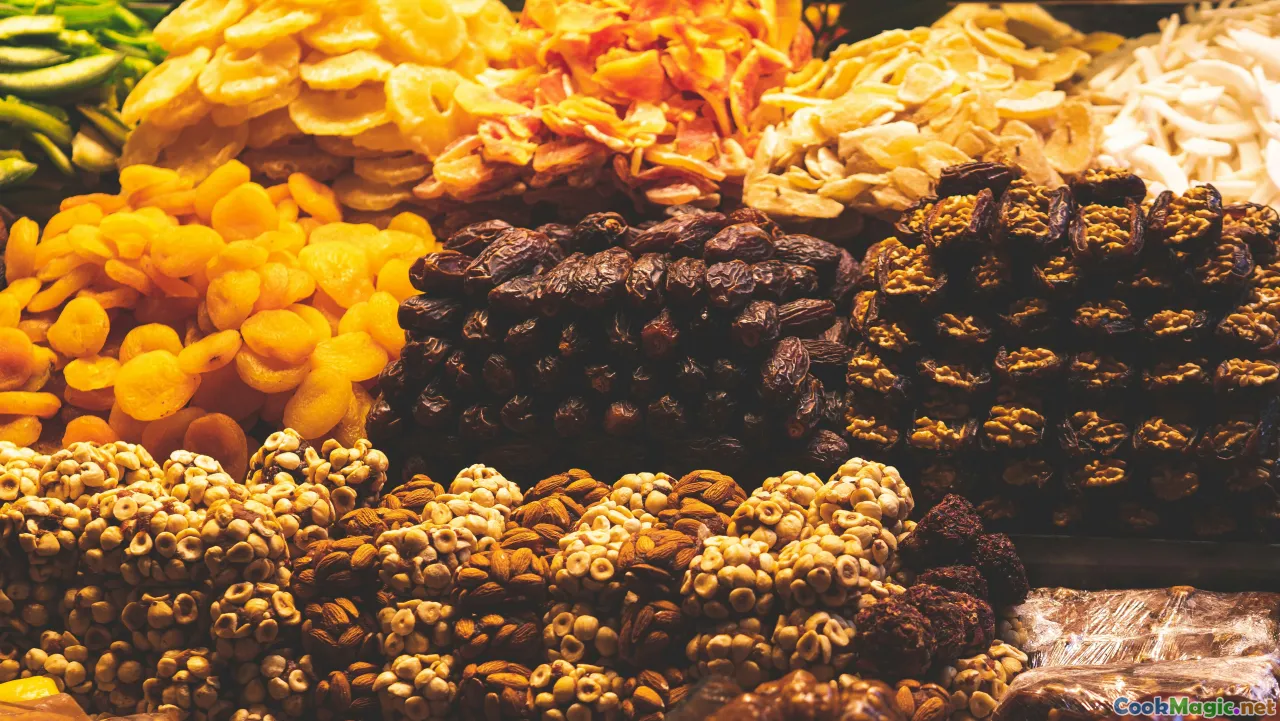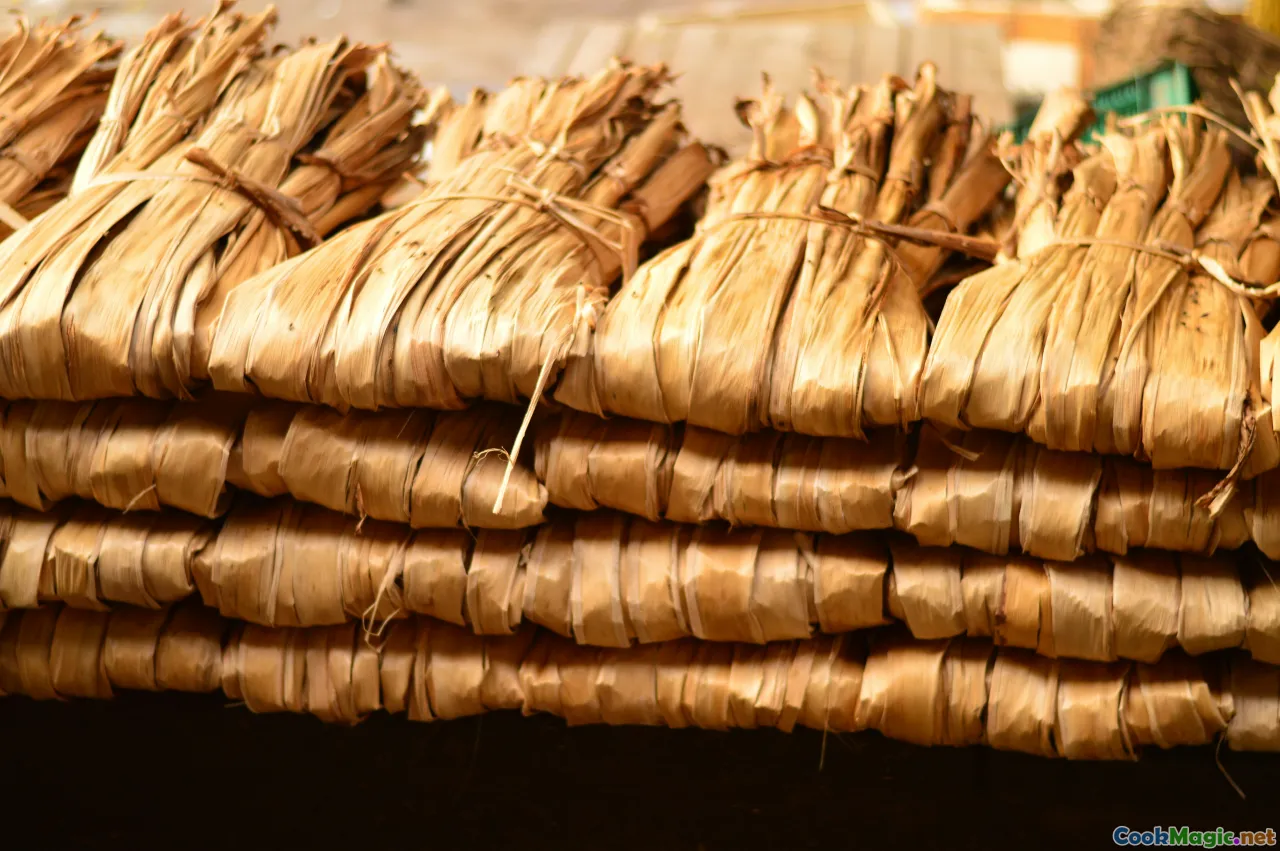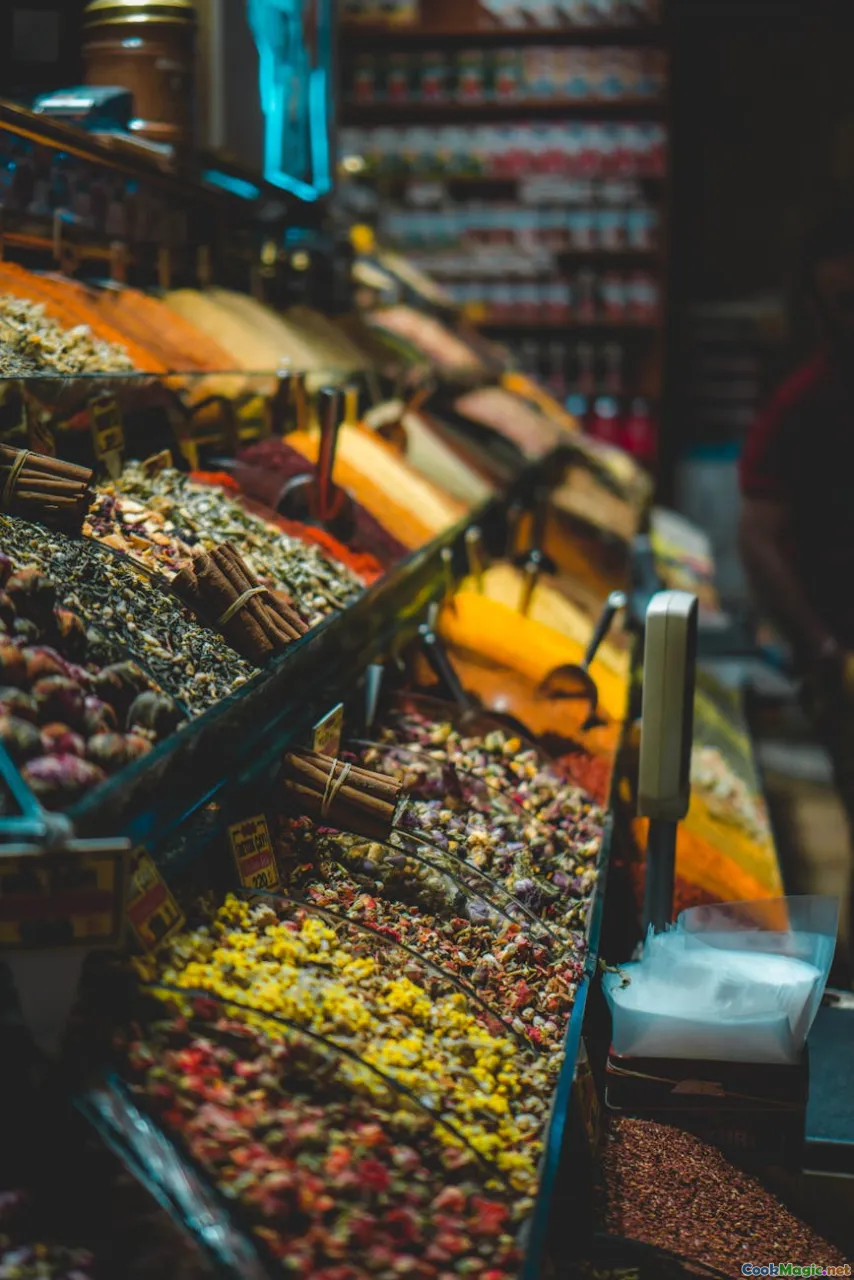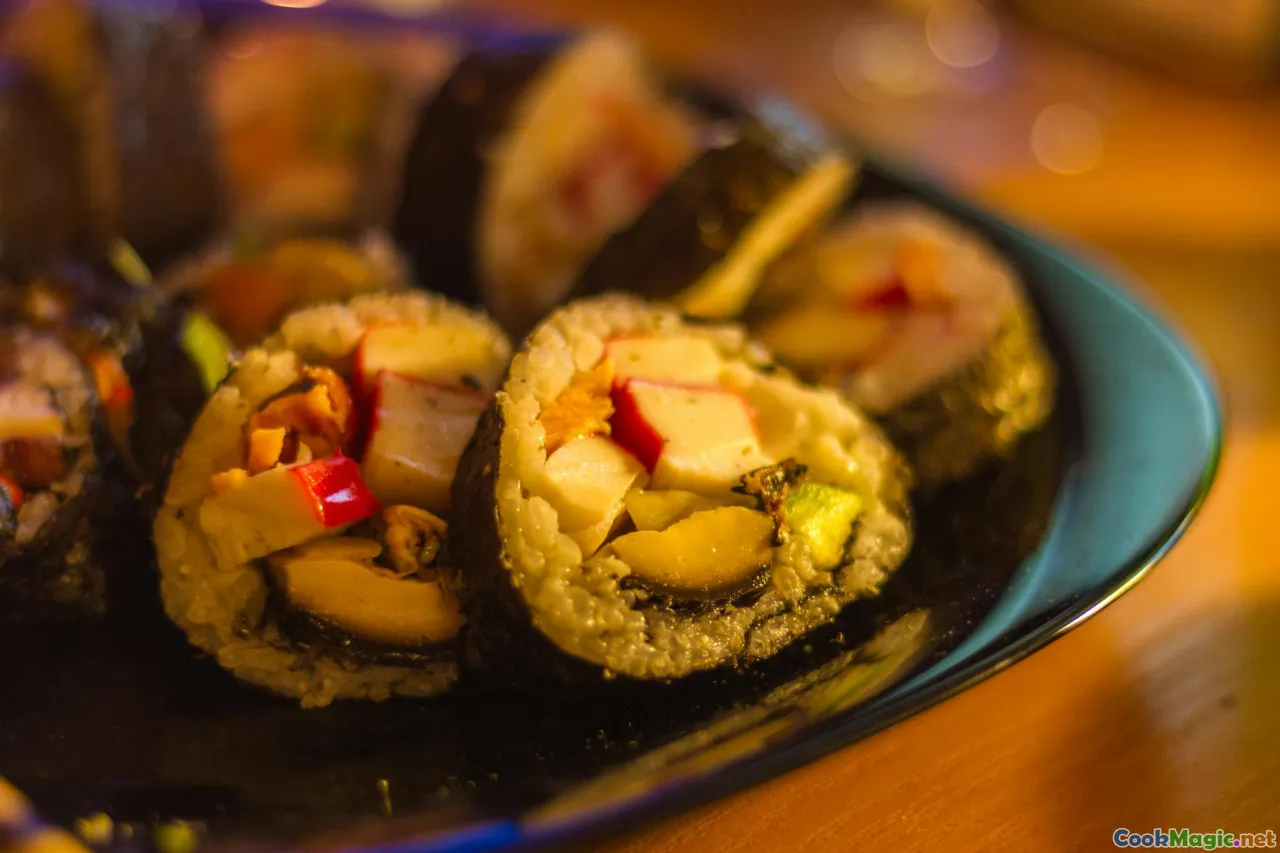Fermented Ingredients in Cameroonian Cuisine Explained
10 min read Discover the role of fermented ingredients in Cameroonian dishes, highlighting traditional methods and cultural significance. June 18, 2025 21:05
Fermented Ingredients in Cameroonian Cuisine Explained
The aroma of freshly prepared débéné, the lively tang of kossam, or the subtle sourness woven into traditional dishes—these are not just flavors but stories, histories, and identities brewed into Cameroonian cuisine through the magic of fermentation. For many food lovers, diving into Cameroonian dishes offers more than just taste; it’s a journey into the soul of a vibrant, diverse nation where fermentation techniques underscore centuries-old culinary traditions.
Imagine walking through bustling markets in Douala or Yaoundé, where the scent of fermenting cassava and millet fills the air, hinting at the artisanal craft that transforms humble ingredients into culinary treasures. Before us lie a rich tapestry of flavors—tangy, sour, smoky, and umami—each with stories to tell. Let’s explore the world of fermented ingredients in Cameroonian cuisine, unravel their historical roots, cultural significance, and the transformative processes that bring them to life.
The Cultural Significance of Fermentation in Cameroon

Fermentation in Cameroon is not merely a preservation method; it’s a cultural phenomenon deeply embedded in the social and spiritual fabric of communities. Long before the advent of modern refrigeration, our ancestors relied on fermentation to extend food’s shelf life, extract new flavors, and forge communal bonds.
Many local rituals and festivals center around fermented foods—they serve as offerings, symbolize abundance, and act as social glue that unites generations. For example, traditional brews made from millet or guinea corn like kossam are often shared during ceremonies, forging connections through shared taste and history. These practices are passed down through families and villages, with recipes and techniques safeguarded as treasured secrets.
Fermented Ingredients: Foundations of Flavor in Cameroonian Dishes

In Cameroonian cuisine, fermentation is omnipresent—be it in staple ingredients, condiments, or drinks. Here are some core fermented ingredients that define the culinary landscape:
1. Fermented Cassava – Gari and Kwach
Cassava, a root native to South America but embraced across Africa, becomes edible and flavorful after fermentation. In Cameroon, fermented cassava is the backbone of many dishes.
- Gari: Thinly grated cassava that’s fermented, dried, and toasted to produce a crispy, tangy granular result. Its nutty aroma and slightly sour taste add depth to dishes like Ekwang, a classic stew of grated cassava enriched with vegetables and meat.
- Kwach: An even more traditional process where grated cassava is left to ferment in banana leaves, developing a sour aroma. It’s cooked as porridge or incorporated into dough.
2. Fermented Millet and Guinea Corn Kossam
Kossam is both a fermented porridge and a traditional beverage. Millet and guinea corn undergo fermentation for several days, developing the characteristic sourness akin to sourdough bread. Kossam’s slightly effervescent, tart profile makes it a nutritious breakfast or accompaniment, exuding an earthy sweetness balanced by tang.
3. Fermented Fish – Bian and Snails
In regions bordering the coast and rivers, fermented fish or snails play a pivotal role. They lend a deep umami flavor to soups and stews like Ndolé and provide a complex, savory depth that fresh ingredients alone can’t achieve.
4. Fermented Beverages – Karkara and Kossam
The fermentation of beverages like Karkara (a local beer brewed from maize or millet) and Kossam in liquid form reflect centuries-old brewing traditions. These drinks aren’t just thirst quenchers but cultural icons, often used in traditional rituals.
The Process: How Fermentation Shapes Flavor and Texture

Understanding the how reveals the alchemy behind Cameroonian flavors. Let’s take a detailed look at one of the most emblematic processes—the fermentation of cassava for kwac and gari.
Step-by-Step: Fermenting Cassava for Gari
- Preparation: Fresh cassava roots are peeled, washed thoroughly, and grated into a fine pulp.
- Fermentation: The grated cassava is placed into clean cloth bags or traditional pagne (woven mats) and left to ferment in a cool, shaded area for 2-4 days. During this period, natural bacteria and yeasts convert starches into lactic acid, creating a tangy aroma.
- Pressing: The fermented mash is then pressed using wooden or stone presses to remove excess liquid.
- Drying and Toasting: The pressed cassava is spread out under the sun or in hot traditional ovens and toasted until crispy, developing a golden-brown hue and nutty flavor.
- Final Product: The resulting gari has a distinctive sourness, a crumbly texture, and aromatic depth, ready to be prepared into meals or eaten as is.
This simple yet nuanced process results in a versatile ingredient that directly reflects its fermentation origin—tangy, aromatic, and packed with umami.
Regional Variations and Unique Traditions

Cameroon’s staggering geographic diversity—from humid coastal forests to arid Sahel zones—means fermentation practices vary widely.
- Centre and Littoral Regions: Embrace fermented cassava and banana wine, often brewed in village settings for festivities.
- Northwest and Southwest: Indigenous traditions feature embedded fermentation, e.g., the lacto-fermentation of vegetables and indigenous grains.
- Eastern and Adamawa Regions: Use fermentation in dairy and milk-based products, influenced by local nomadic communities.
In each region, fermentation isn’t just a culinary step; it’s intertwined with local stories, spirits, and identities.
Tasting and Applying Fermented Flavors in Modern Cooking

There’s an exciting movement to incorporate traditional fermented ingredients into contemporary gastronomy. Chefs in Cameroon and beyond are experimenting with these bold flavors—creating fusion dishes that honor tradition while appealing to modern palates.
For culinary enthusiasts, try fermenting cassava at home: peel, grate, and ferment for a few days, then incorporate into dough or stews for added depth. Use kossam as a souring agent in marinades or as a base for fermented drinks that educate your palate.
It’s also worth exploring fusion cafes in Douala and Yaoundé that serve craft beers, fermented vegetable salads, and innovative dips made from fermented ingredients—each reflecting the vibrant evolution of Cameroonian food culture.
Preserving and Innovating with Fermentation: A Personal Reflection
Having traveled through Cameroon’s markets and communal kitchens, I’ve witnessed the deep reverence for fermentation—not merely as a preservation trick but as an art form that celebrates patience, community, and local biodiversity. The fermentation of cassava, millet, fish, and local beverages embodies resilience and heritage.
Today, in our globalized culinary landscape, embracing these traditional techniques unlocks豊the full spectrum of flavors rooted in history. It invites us to taste life in a more profound way—sour, savory, complex—and to honor a culinary heritage that’s as resilient as it is delicious.
As we savor dishes flavored by centuries of fermentation, we connect to the heartbeat of Cameroon’s rich cultural tapestry, feeling the tang of tradition in every bite.
Let this exploration inspire your cooking—experiment with Cameroonian fermented ingredients, respect their history, and most importantly, enjoy the vibrant, dynamic flavors they contribute to the world of gastronomy.
Embark on your fermentation journey—your palate and history will thank you.









